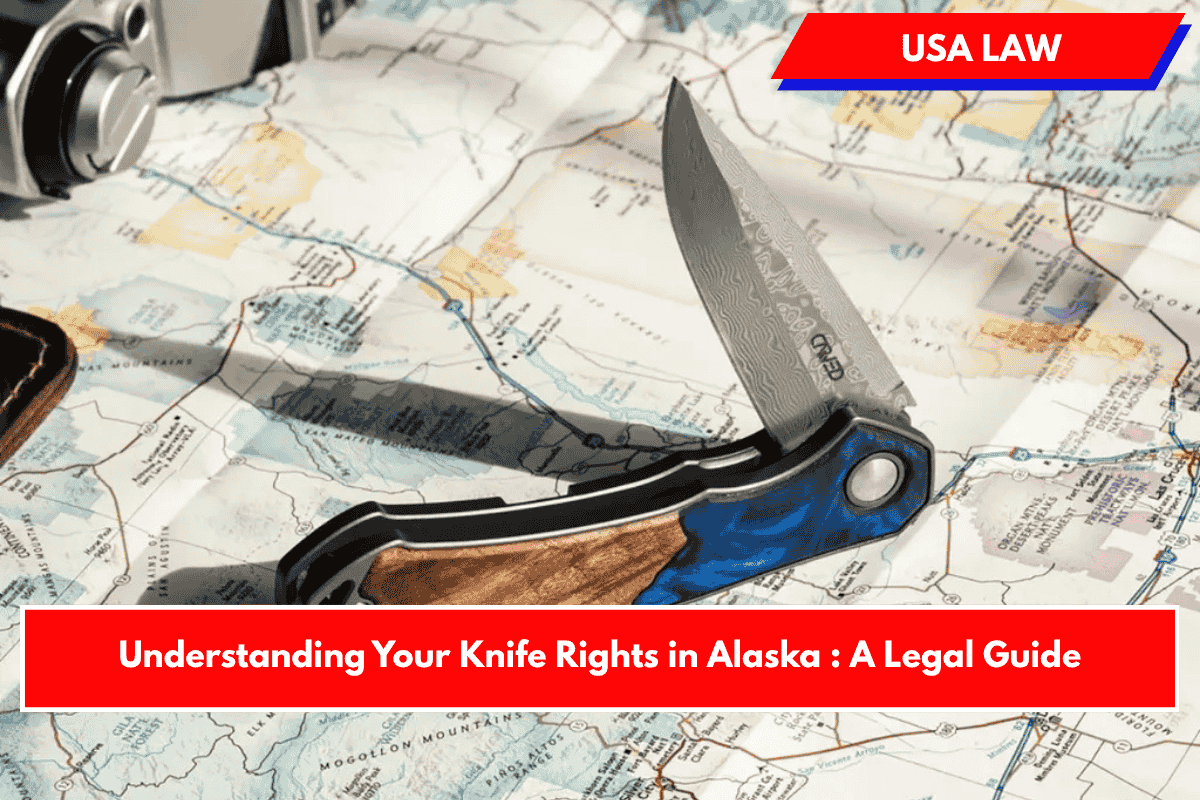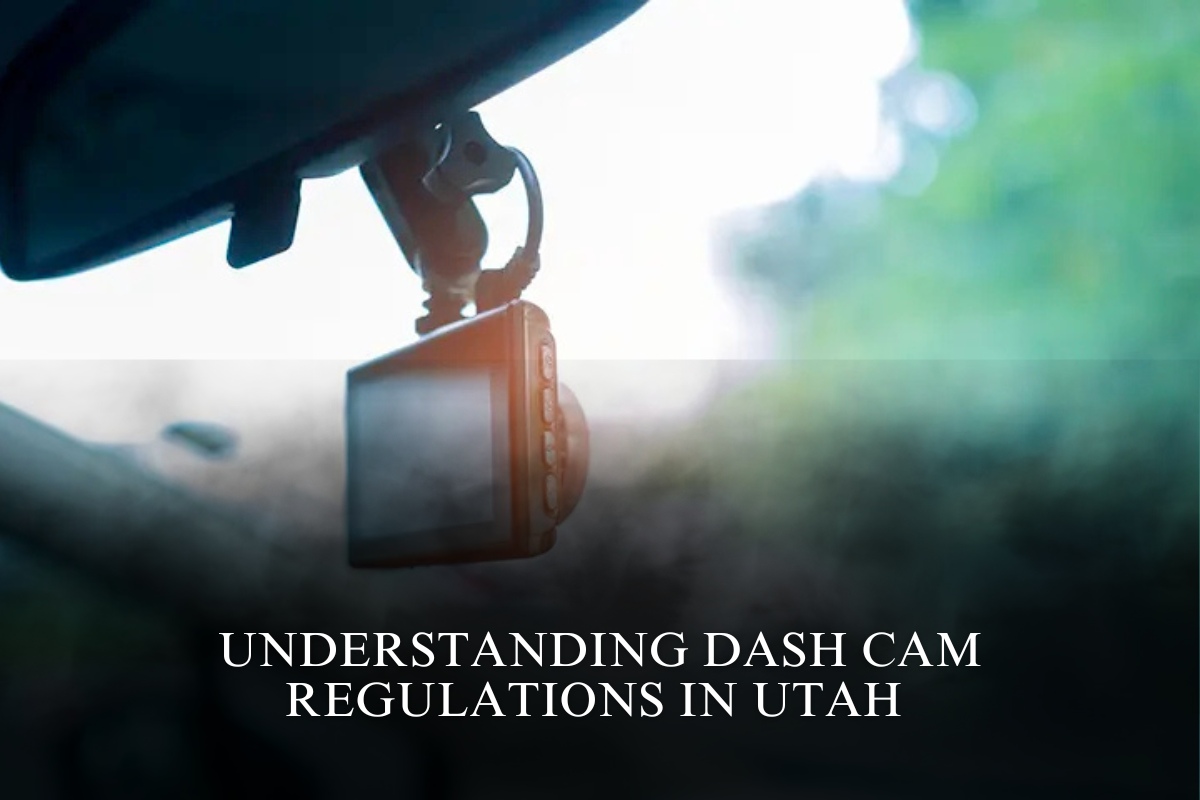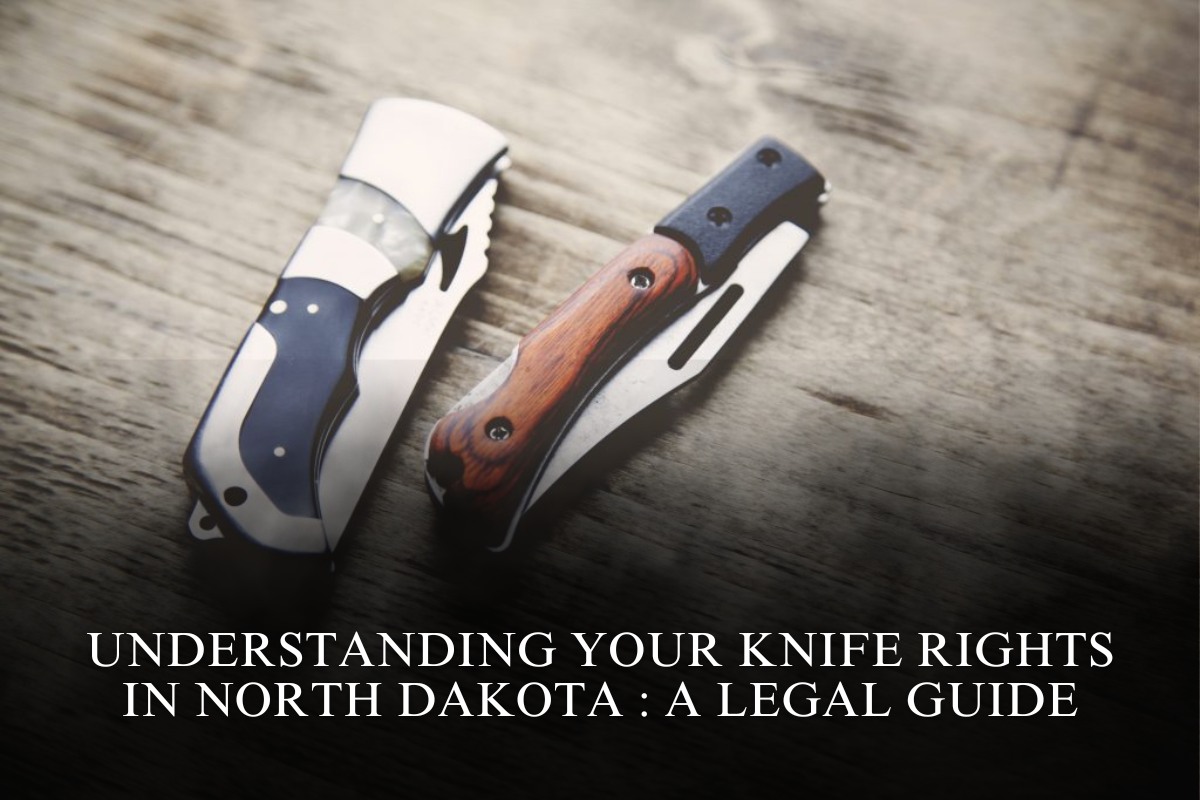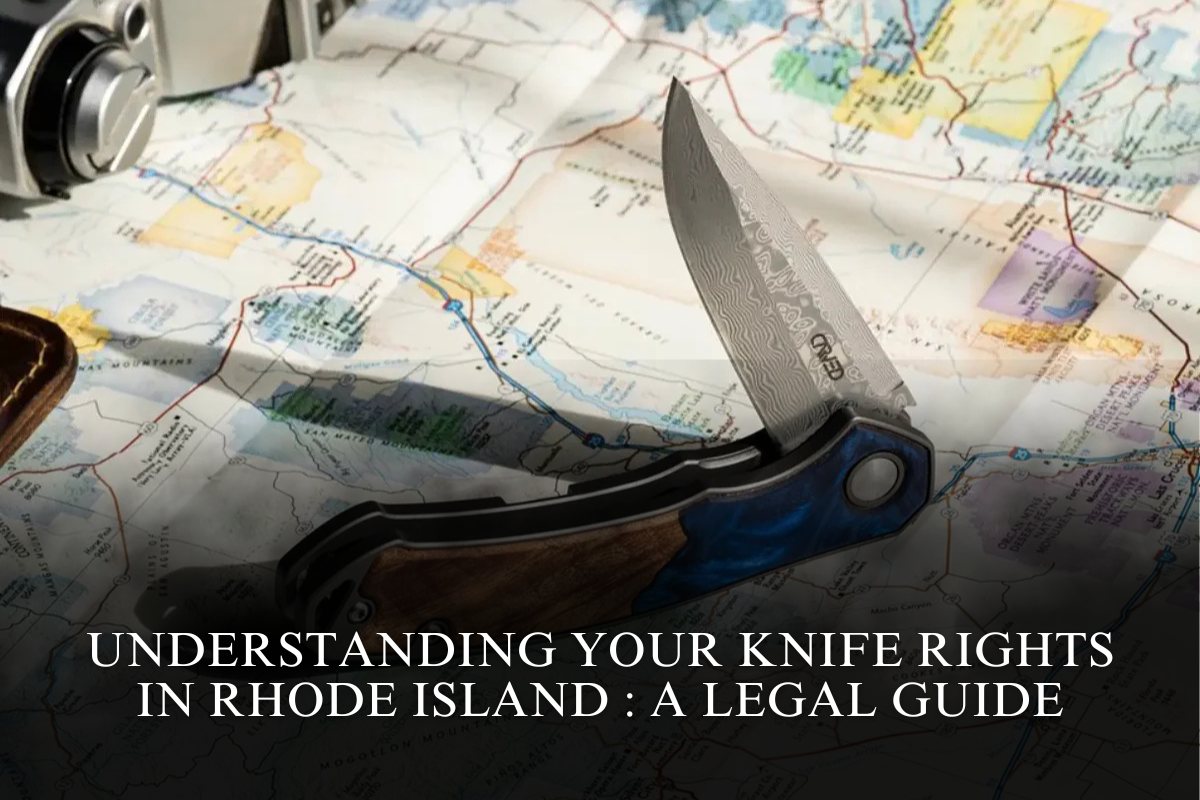Alaska is known for its permissive and practical approach to knife laws, reflecting the state’s rugged environment and the role knives play in daily life and survival. However, there are important legal nuances and restrictions to be aware of.
Key Rights and Restrictions
1. Knife Ownership
- There are no statewide bans on any specific type of knife. You may legally own virtually any style, including switchblades, gravity knives, fixed blades, folding knives, and even large knives like Bowies or machetes.
- Using any knife in the commission of a crime or with intent to harm elevates potential charges and penalties.
2. Open Carry
- Any type of knife can be openly carried in Alaska, with no blade length restrictions.
- Open carry is legal for all ages, but minors should be aware of school and certain location restrictions.
3. Concealed Carry
- Individuals 21 and older may carry any knife concealed, including switchblades and gravity knives.
- Those under 21 may not carry a concealed “deadly weapon” (including most knives except ordinary pocketknives).
- “Ordinary pocketknives” are excluded from most concealed carry restrictions, but Alaska law does not precisely define this term. Generally, folding knives not classified as switchblades or gravity knives are considered ordinary pocketknives.
4. Age-Based Restrictions
- It is unlawful to sell or transfer a switchblade or gravity knife to anyone under 18 without written parental or guardian consent.
- Anyone under 21 cannot carry a concealed deadly weapon, including gravity or switchblade knives. Ordinary pocketknives are excluded from this rule.
5. Restricted Locations
- All knives (as “deadly weapons”) are prohibited on school grounds (pre-school through secondary) without written permission from the school district’s chief administrator.
- Knives are banned in the restricted access areas of municipal government buildings, with required posted notice.
- Local governments cannot pass knife laws stricter than state law due to statewide preemption.
6. Intent and Use
- Carrying a knife with the intent to harm is illegal and can lead to criminal charges.
- Alaska’s “stand your ground” and “castle doctrine” laws apply to self-defense, but do not protect those who provoke confrontations.
Alaska Knife Law Basics
| Legal Aspect | Age 21+ | Under 21 | Under 18 |
|---|---|---|---|
| Open carry | Any knife legal | Any knife legal | Any knife legal |
| Concealed carry | Any knife legal | Only pocketknives | Only pocketknives |
| Switchblade/gravity knife | Legal to own/carry | Not concealed legal | Not sold w/o consent |
| School grounds | Prohibited (all ages) | Prohibited | Prohibited |
| Government buildings | Prohibited (all ages) | Prohibited | Prohibited |
Practical Tips
- Declare concealed deadly weapons (except pocketknives) to law enforcement or when entering private residences.
- Always check for posted restrictions in government buildings and schools.
- Do not carry knives with criminal intent.
- If under 21, stick to openly carrying knives or carrying an ordinary pocketknife concealed.
Alaska offers broad rights for knife ownership and carry, with few restrictions for adults. The main exceptions involve age, intent, and certain locations like schools and government buildings. Always use knives responsibly and be aware of the specific legal definitions and exceptions to avoid legal trouble.
Sources
- https://www.akti.org/state-knife-laws/alaska/
- https://edc.ninja/alaska-knife-laws/
- https://worldpopulationreview.com/state-rankings/knife-laws-by-state
- https://nobliecustomknives.com/us-knife-laws/alaska-knife-laws/
- https://www.tektoknives.com/blogs/news/alaska-knife-laws-the-last-frontier











